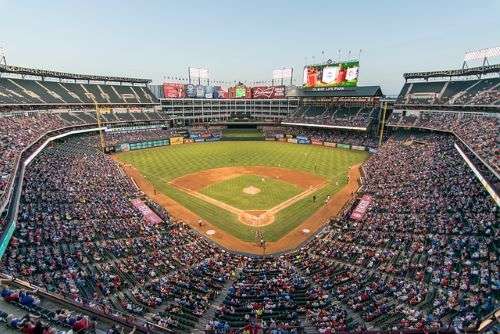In the heart of America, where the crack of the bat and the smell of fresh-cut grass meet, lies the epic tale of baseball—a game that has evolved from humble sandlots to colossal stadiums, leaving an indelible mark on the nation’s cultural fabric. Let’s embark on a journey through time, tracing the captivating evolution of this beloved sport.
The Birth of a Pastime: 19th Century Sandlot Roots
Long before the towering structures of modern stadiums dotted the landscape, baseball found its roots in the sandlots and open fields of 19th-century America. Casual games played by neighborhood kids evolved into organized matches, giving birth to a pastime that captured the imagination of communities nationwide. The simplicity of those early sandlot games laid the foundation for the intricate tapestry of baseball’s future.
The Rise of Organized Leagues: The 20th Century Shift
As the 20th century dawned, baseball underwent a transformative shift from informal sandlot contests to structured, organized leagues. The birth of professional baseball leagues, such as the formation of the National League in 1876 and the American League in 1901, marked a turning point.
Iconic Ballparks and Golden Eras: 1920s – 1960s
The interwar period and the following decades witnessed the emergence of iconic ballparks that became hallowed grounds for fans. From the legendary Yankee Stadium to the quaint charm of Ebbets Field, these structures symbolized the soul of the game. The “Golden Era” of baseball, from the 1920s to the 1960s, saw the rise of legendary players like Babe Ruth, Lou Gehrig, and Jackie Robinson, elevating the sport to unprecedented heights.
Television and Expansion: Bringing Baseball to the Masses
The mid-20th Century also marked the advent of television, bringing the magic of baseball directly into living rooms across America. The televised broadcasts of games catapulted baseball into the national spotlight, turning players into household names and transforming the sport into a cultural phenomenon. Simultaneously, expansion teams brought the game to new cities, broadening its reach and solidifying its status as America’s pastime.
Modern Marvels: The Stadiums of Today
Fast forward to the present day, and baseball stadiums have become architectural marvels, blending modern amenities with a nostalgic nod to the past. Ballparks like AT&T Park (now Oracle Park) in San Francisco and Fenway Park in Boston showcase the marriage of tradition and innovation. The fan experience has been elevated with state-of-the-art facilities, creating a dynamic environment for spectators.
Globalization and Technological Advancements: Baseball in the 21st Century
In the 21st Century, baseball has transcended borders, with the World Baseball Classic and international players becoming integral to the game. Technological advancements, from instant replay to advanced statistics, have added a layer of sophistication, enhancing player performance and fan engagement. Baseball, once deeply rooted in local communities, has become a global spectacle.

Baseball remains a testament to its enduring charm and ability to transcend generations, connecting fans across time and cultures.
Conclusion: A Timeless Journey
From sandlots to stadiums, the evolution of baseball is a timeless journey that mirrors the spirit of America itself. Embark on a captivating journey through the intricate threads of baseball’s past with Steve Dunn’s “Pug Fireball and Company: 116 Years of Professional Baseball in Des Moines, Iowa.” Secure your copy today to delve into a fascinating exploration of how the game has transformed over a span of more than a century!


0 Comments